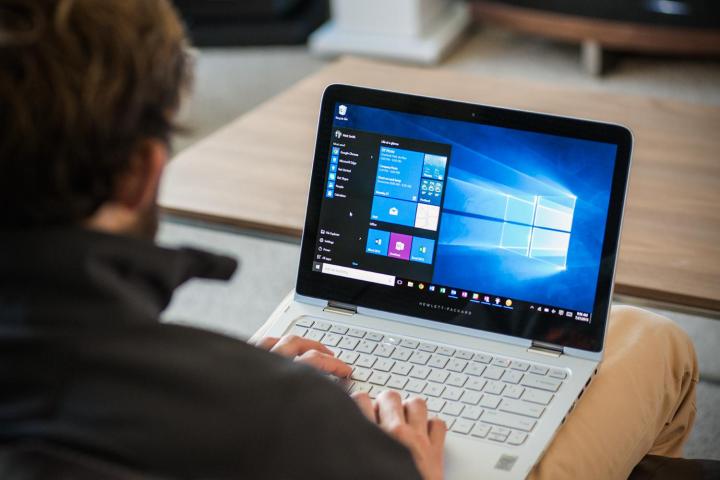
New data released by NetMarketShare suggests that Windows 10 is struggling to keep pace as it continues to expand its user base. As of April 2016, some 14.35 percent of computers use Windows 10 as a primary OS, according to a report from Beta News.
That figure sounds good for an OS that launched last year, but it’s the month-on-month progress that Microsoft might find more troubling. From January to February of this year, its market share jumped almost one percent; between March to April this had dropped to just 0.2 percent, reflecting a broad decline in pace.
Windows 10 is still grabbing new users, but that forward progress is slowing down. Meanwhile, other versions of Windows are seeing their user base dwindle away: April 2016 marks the first time Windows 7 usage has been responsible for less than 50 percent of the desktop OS market.
It’s not all doom and gloom for Windows 10 — heading into 2016, the OS beat out Windows XP and Windows 8.1 in terms of market share for the first time, and has since extended its lead. However, there’s still plenty of work to be done before it can compete with Windows 7, which is still favored by some 30 percent more of the overall user base.
It will certainly be interesting to see whether the upcoming release of the Windows 10 Anniversary Update provokes much of an increase in installs. The update is set to add new functionality, and will likely be heavily promoted. But if it doesn’t attract new users, Microsoft might have to rethink its strategy moving forward.
Editors' Recommendations
- The next big Windows 11 update has a new hardware requirement
- Surface Pro 10: all the major changes rumored for the new model
- Windows 11 tips and tricks: 8 hidden settings you need to try
- Microsoft finds a sneaky way to slip more ads into Windows
- Microsoft announces a new threat to push people to Windows 11


